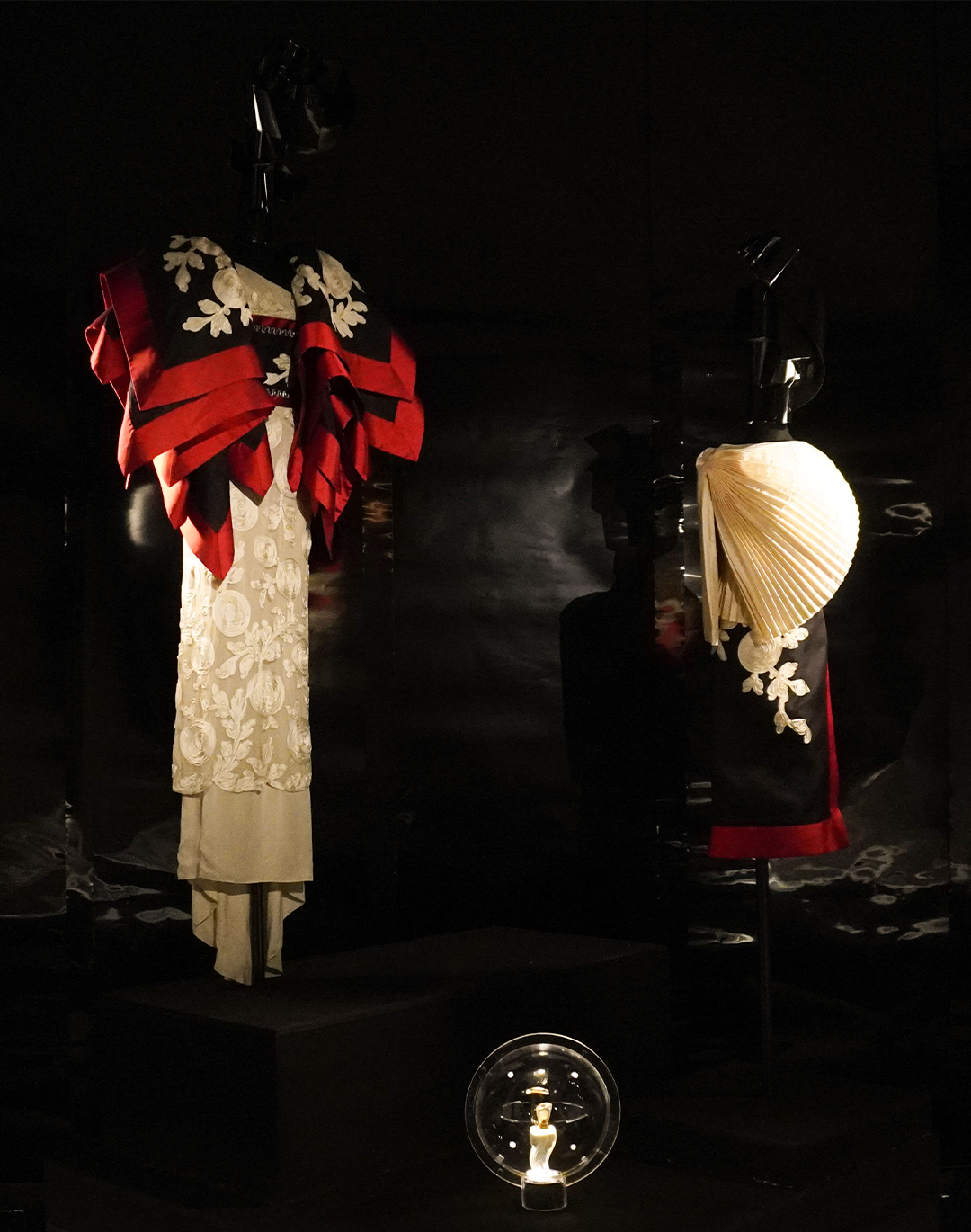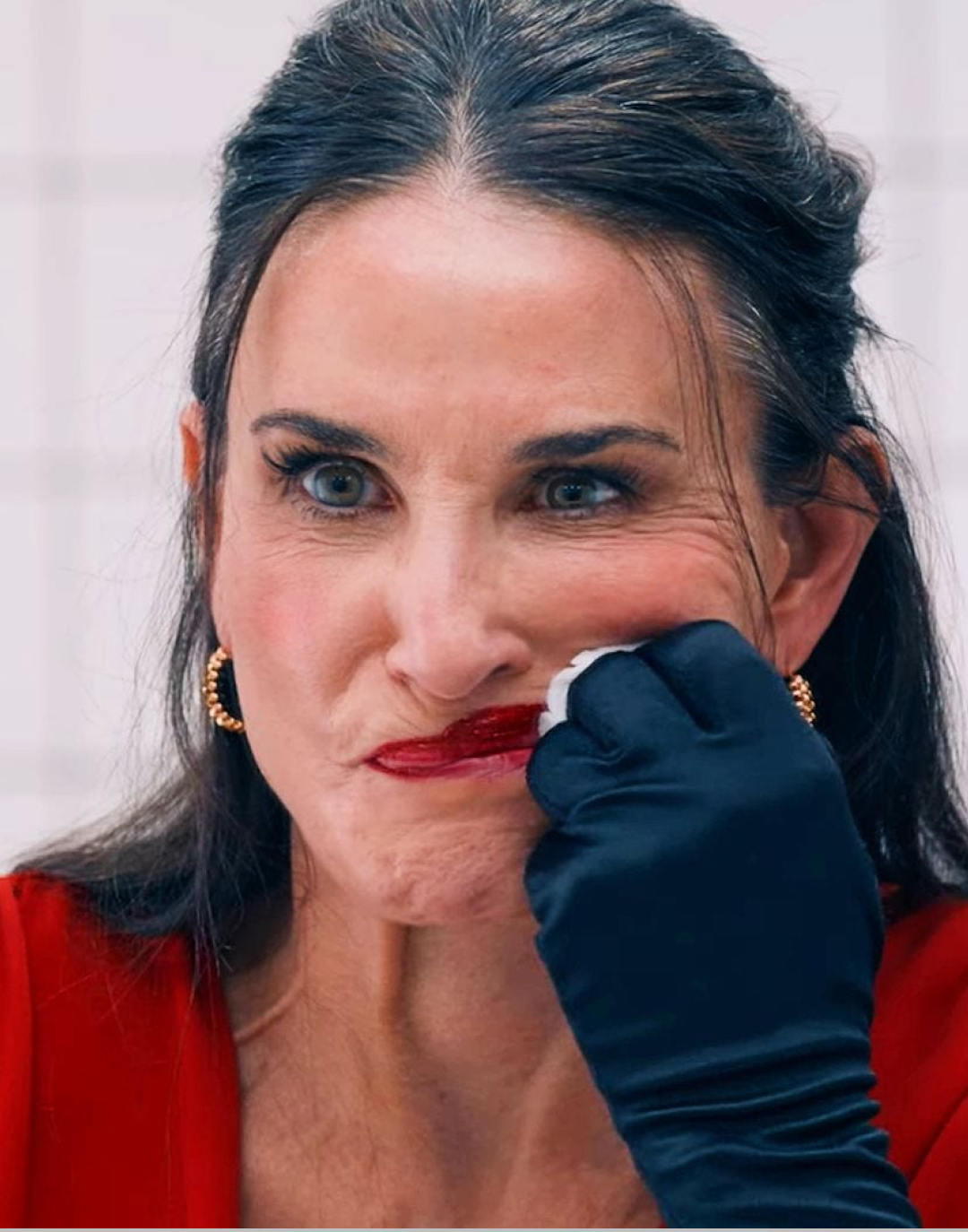
Sunglasses are about to cost even more What will the upscaling of luxury eyewear mean for consumers?
When sunglasses strut the Couture Week in Paris, it can only be a good sign for the industry. Shortly after appearing on the catwalk at the Fendi show, the futuristic-looking accessories were sold by the dozen, as reported by WWD. Not only the new it-item of the Roman maison, defined by the brand's jewelry artistic director as an element that enhances the face like "a precious make-up," but the entire world of luxury eyewear is witnessing a phenomenon of upscaling, stemming from conglomerates' decision to welcome in-house manufacturing to raise prices and acquire savoir-faire. Cartier glasses have reached several hundred euros, Balmain has launched the Pierre frames, a limited edition in white gold and lacquered titanium costing $2,520, while Valentino's line now reaches $650.
Through limited productions and seemingly unjustified price increases, eyewear brands are strengthening the exclusivity value of luxury eyewear, suggesting in marketing operations the improvement of quality and functionality of materials. According to Euromonitor data, the average price of maison glasses increased by 3% during 2023, but at the same time, sales also increased by a remarkable total of 5%. To justify the phenomenon, industry experts have pointed to the return of international tourism and the desire to invest in new accessories, but upscaling also owes its success to conglomerates that have invested in in-house productions like LVMH and Marcolin, who collaborated to found Thélios in 2018.
In addition to a substantial increase in retail prices, Euromonitor reports that in the future, there may be a market concentration of luxury eyewear among major companies, including EssilorLuxottica, VSP, Safilo, and Kering, which currently represent only 60% of sales. By exercising direct control over the supply chain and experimenting with vertical integration, as we saw at Fendi's latest couture show, brands can derive greater benefits from the eyewear section at the expense of the consumer, who will instead see pieces undergo significant price hikes.















































